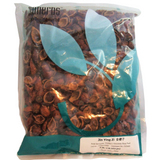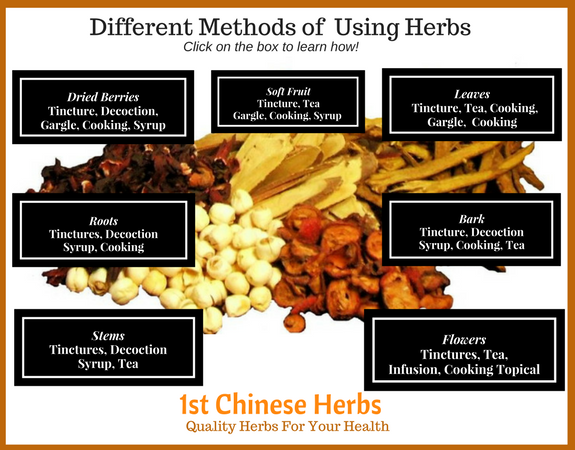Herbal Information for Cherokee Rose Fruit in Cut Form
Common Name: Cherokee Rose Fruit
Botanical Name: Rosa laevigata, Fructus
Channels/Meridians: Bladder, Kidney, Large Intestine
Other Names: Rosefruit, Dog Rose, Haggebutt, Golden Tassel Seed
Pin Yin Name: Jin Ying Zi
Other Ingredients: None, nothing has been added to this product.
Package Size: 1 pound
Form: Cut / Sliced, not uniform pieces.
Dosage: Follow doctors instructions on how to use this herb.
Origin: China
Brand: Nuherbs Lab Test - Geo-Authentic Herbs
Cautions: Do not use if pregnant or nursing.
California Prop 65
Additional Information for Jin Ying Zi
- Stabilizes Kidneys
- Supports Digestion
- Supports Men's Health Issue
- Botanical Support for Natural Sleep Patterns
- Supports Natural Urine Flow
- Enhances Spleen Function
Product Properties: Sour, astringent, neutral
Naturally Occurring Components of Jin Ying Zi
1. Palmitic acid
2. Succinic acid
3. Citric acid
4. Malic acid
5. Tannin
6. Resin,
7. Vitamin C,
8. Fructose
9. Sucrose
Cherokee Rose Fruit can provide a unique flavor experience thanks to its honey-like taste and the delicate fragrance. Cherokee Rose Fruit is sour and astringent in flavor, neutral and non-toxic in properties. Cherokee Fruit goes to 5 meridians of kidney, bladder, colon, spleen, and lung.
Cherokee Rose Fruit, raw or cooked. The pear shaped fruit is up to 4cm long, but there is only a thin layer of flesh surrounding the many seeds. Sugar can be extracted from the fruit, it is also used to ferment rose wine.
Cherokee Rose Fruits are neutral in nature. This means that Cherokee Rose Fruits don't affect the balance in your body. The tannin contained in Cherokee Rose Fruit has astringent and antidiarrheal effect.
Cherokee Rose Fruits contain - citric acid and malic acid. Peel contains a variety of hydrolytic tannins, such as laevigatin A, B, C, D, E, F, and G, procyanidin B-3, agrimoniin, sanguiin H-4, pedunculagin, Potentillin, agrimonic acid A and B. Besides, the ground part can be decomposed into a variety of triterpenoids, including hederagenin, ursolic acid, oleanolic acid, methyl 2a-ydroxyursolate, methyl tormentate, and so on.
Check out our How to Use Bulk Herbs page to see how to use herbs correctly. Our web page is constantly expanding, as of today we have articles on:
How to make salves, poultice, tinctures, teas, capsules, gargles, and foot bathes.
About Nuherbs Lab Tested Quality
Each batch of herbs is dual-lab tested by our in-house lab and independent third party lab. Our in-house lab is equipped with instruments such as a high performance liquid chromatography, moisture determination meter, Fourier transform infrared spectrometer, atomic absorption spectrophotometer, gas chromatograph, etc.
In addition, the following additional tests are performed:
- Micro bacteria
- Pesticides - over 200 pesticides tested for (Uab 2000 screen).
- Heavy Metals - Lead, Mercury and Arsenic
Traditional Chinese Herbs encompasses the use of different parts of plants, such as the leaves, roots, stems, flowers, and seeds. These plant parts are often used as a tea, decoctions, extracts, made into capsules or even a footbath. These bulk herbs should be regarded as an added feature to modern western healthcare, and not as a replacement. Chinese traditional herbs ( Teas ) emphasize harmony and balance.
We encourage you to educate yourself on herbs and supplements, by researching reputable sites, and books. Having an open discussion with your physician on what will be most beneficial for your health issues. And lastly discussing interaction of herbs and pharmaceuticals with your pharmacist or physician.
References:
https://www.meandqi.com/herb-database/cherokee-rose-fruits
http://www.shen-nong.com/eng/herbal/jinyingzi.html
https://www.chineseherbshealing.com/proven-herbal-remedies/cherokee-rose.html




















